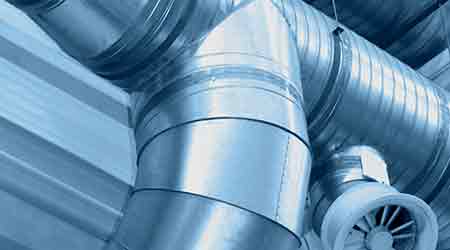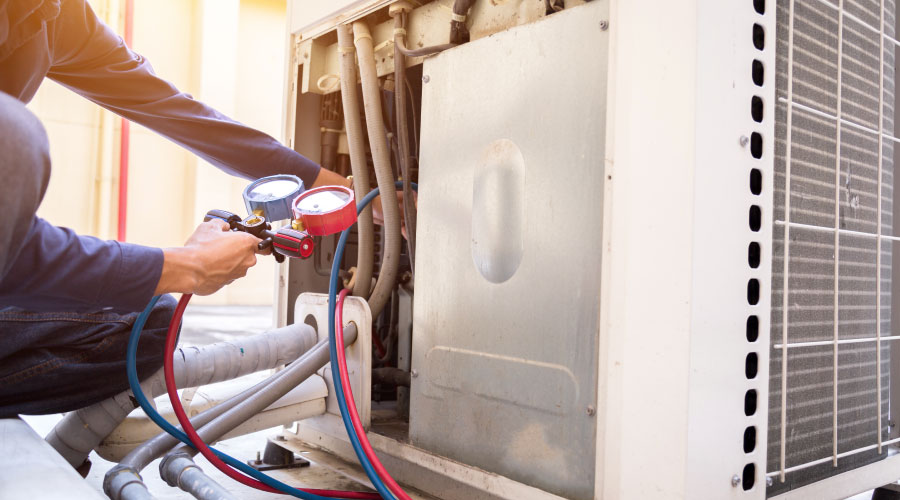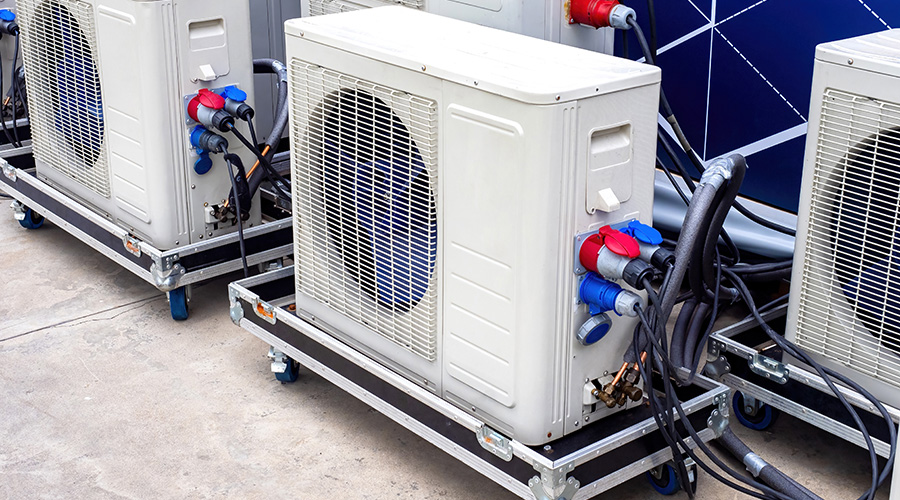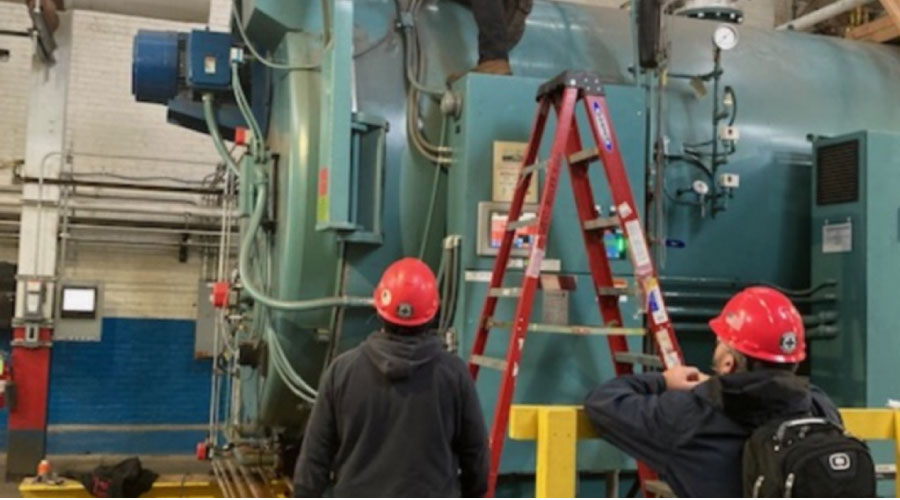HVAC and Energy Efficiency: Strategies and Tactics
Part 1 of a 3 part article on overlooked advances in HVAC products and technology
Maintenance and engineering managers in institutional and commercial facilities have an array of components and technology to consider when upgrading their HVAC systems to maximize energy efficiency. But which options are most appropriate for their facilities’ specific energy-efficiency needs?
By understanding proven but often overlooked advances in HVAC products and technology related to energy efficiency, managers can more effectively match these products to their facilities’ HVAC system needs and maximize the energy efficiency of existing systems.
Balancing act
When evaluating facility needs for potential energy efficiency upgrades, managers can start by understanding space requirements related to life safety, critical equipment, and occupant comfort. Energy-efficiency upgrades generally should not jeopardize any of these needs unless the risk is worth the reward.
Examples of balancing risks and rewards involves adding moisture to the system through increased outside air or reducing outside air to levels, which would reduce occupant work performance. More often than not, such changes can easily affect occupant comfort. Critical equipment requires additional redundancies, so upgrades that affect the entire system, not just one piece of equipment, will provide the highest paybacks for these systems.
Managers also should evaluate system complexity to avoid creating a hazardous situation in event of an unlikely failure. If a system cannot fail without damaging the serviced areas or jeopardizing occupant health — such as a fuel-oil system or a hazardous-exhaust system —managers should avoid complex energy-efficiency upgrades.
If components are located outside or in other areas exposed to changes in temperature, humidity, or other potential hazards, the components might require special-duty features, such as weather- or explosion-type enclosures. These special-duty features ultimately will reduce the payback, due to higher initial implementation costs.
Related Topics:















